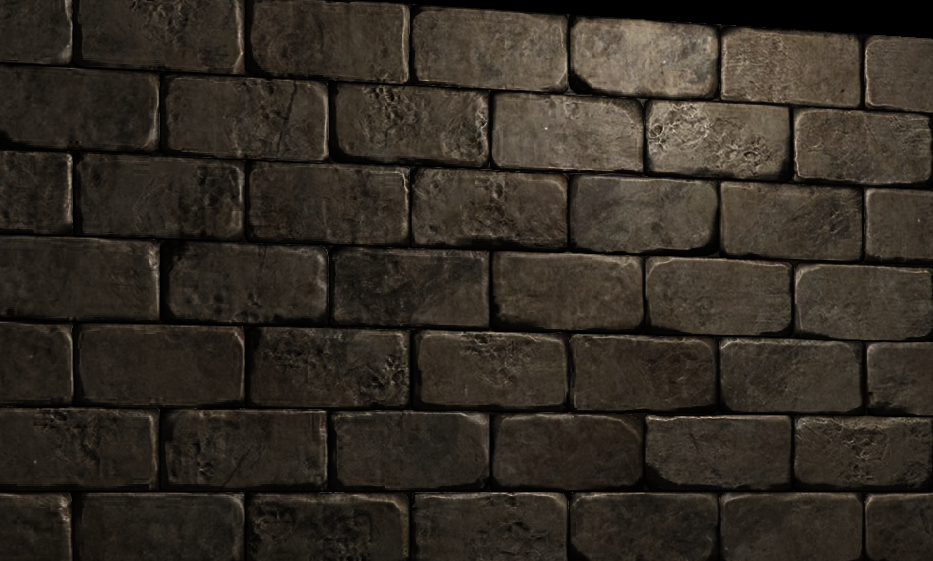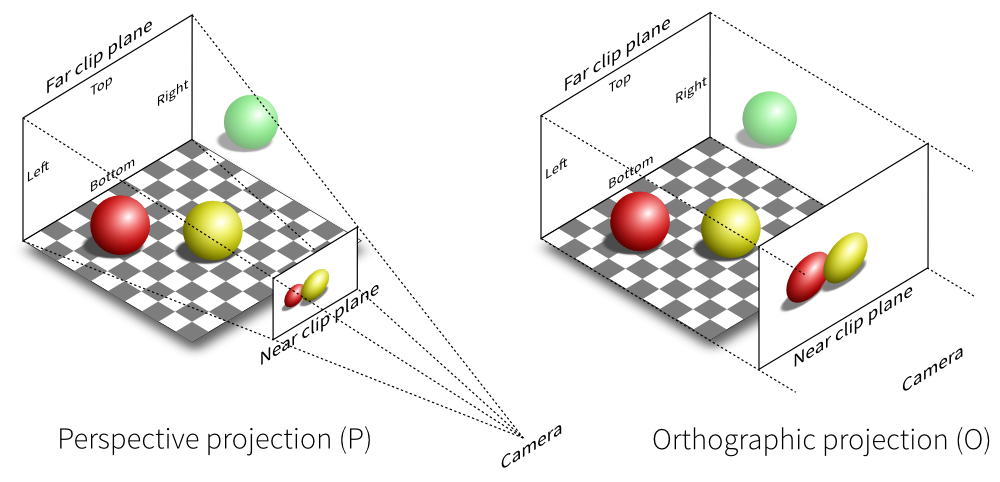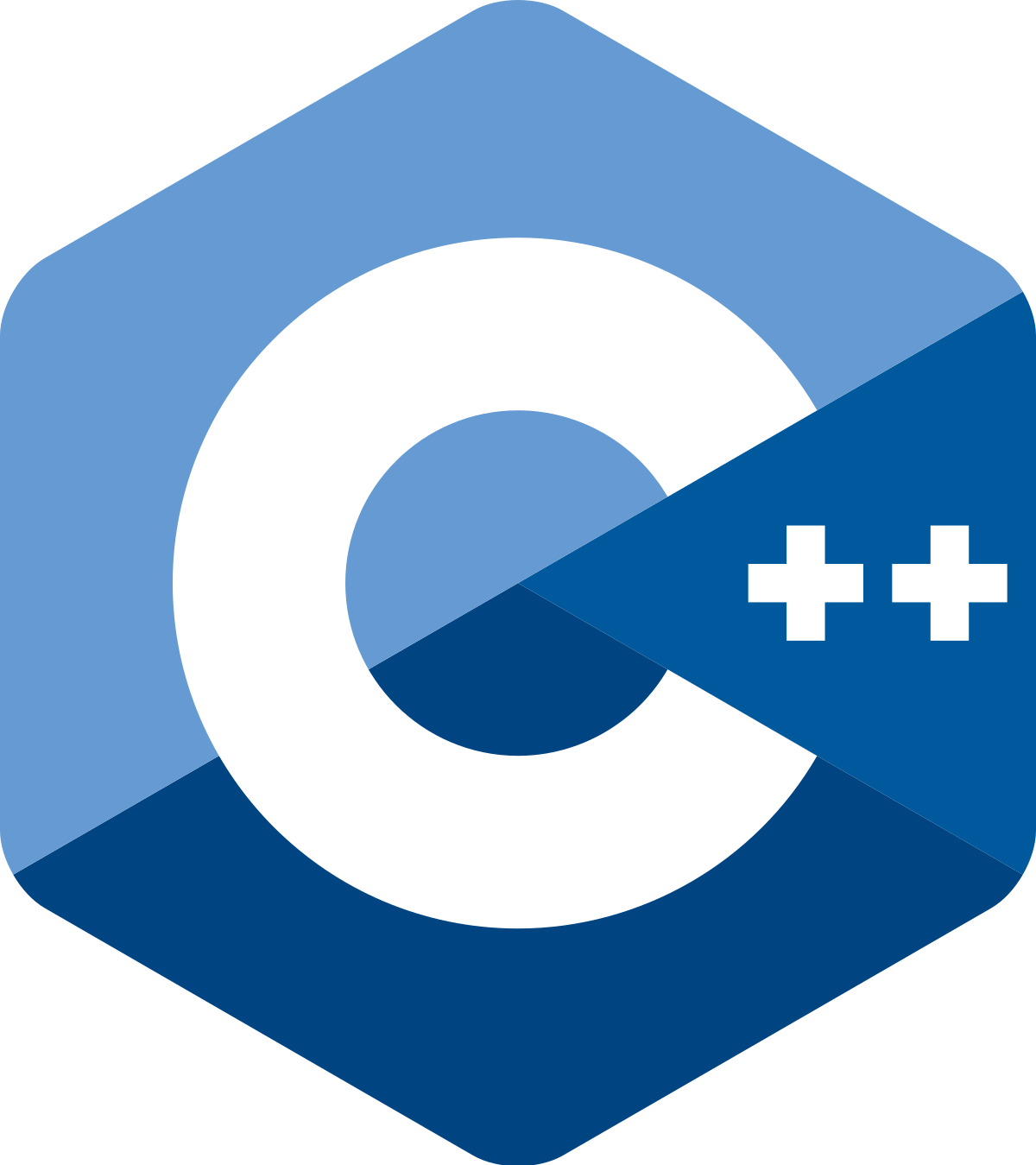1
2
3
4
5
6
7
8
9
10
11
12
13
14
15
16
17
18
19
20
21
22
23
24
25
26
27
28
29
30
31
32
33
34
35
36
37
38
39
40
41
42
43
44
45
46
47
48
49
50
51
52
53
54
55
56
57
58
59
60
61
62
63
64
65
66
67
68
69
70
71
72
73
74
75
76
77
78
79
80
81
82
83
84
85
86
87
88
89
90
91
92
93
94
95
96
97
98
99
100
101
|
#include <bits/stdc++.h>
namespace IO {
inline char read() {
static const int IN_LEN = 100000;
static char buf[IN_LEN], *s, *t;
s == t ? t = (s = buf) + fread(buf, 1, IN_LEN, stdin) : 0;
return s == t ? -1 : *s++;
}
template <typename T>
inline void read(T &x) {
static char c;
static bool iosig;
for (c = read(), iosig = false; !isdigit(c); c = read()) {
if (c == -1) return;
c == '-' ? iosig = true : 0;
}
for (x = 0; isdigit(c); c = read()) x = x * 10 + (c ^ '0');
iosig ? x = -x : 0;
}
const int OUT_LEN = 1000000;
char obuf[OUT_LEN], *oh = obuf;
inline void print(char c) {
oh == obuf + OUT_LEN ? (fwrite(obuf, 1, OUT_LEN, stdout), oh = obuf) : 0;
*oh++ = c;
}
inline void flush() { fwrite(obuf, 1, oh - obuf, stdout); }
struct InputOutputStream {
template <typename T>
inline InputOutputStream &operator>>(T &x) {
return read(x), *this;
}
~InputOutputStream() { flush(); }
} io;
}
namespace {
using IO::io;
const int MAXN = 1010;
const int INF = 0x3f3f3f3f;
char s[MAXN];
int f[MAXN][MAXN];
int dp(int l, int r) {
if (l >= r) return 0;
register int &ret = f[l][r];
if (~ret) return ret;
ret = INF;
if (s[l] == s[r]) ret = dp(l + 1, r - 1);
return ret = std::min(ret, std::min(dp(l + 1, r), dp(l, r - 1)) + 1);
}
void print(int l, int r) {
if (l > r) return;
if (l == r) {
std::cout << s[l];
return;
}
if (s[l] == s[r]) {
std::cout << s[l], print(l + 1, r - 1), std::cout << s[r];
} else if (f[l][r] == f[l + 1][r] + 1) {
std::cout << s[l], print(l + 1, r), std::cout << s[l];
} else {
std::cout << s[r], print(l, r - 1), std::cout << s[r];
}
}
inline void solveCase() {
register int n = strlen(s);
for (register int i = 0; i <= n; i++)
memset(f[i], -1, sizeof(int) * (n + 1));
std::cout << dp(0, n - 1) << ' ';
print(0, n - 1), std::cout << '\n';
}
inline void solve() {
while (std::cin >> s) solveCase();
}
}
int main() {
solve();
return 0;
}
|



